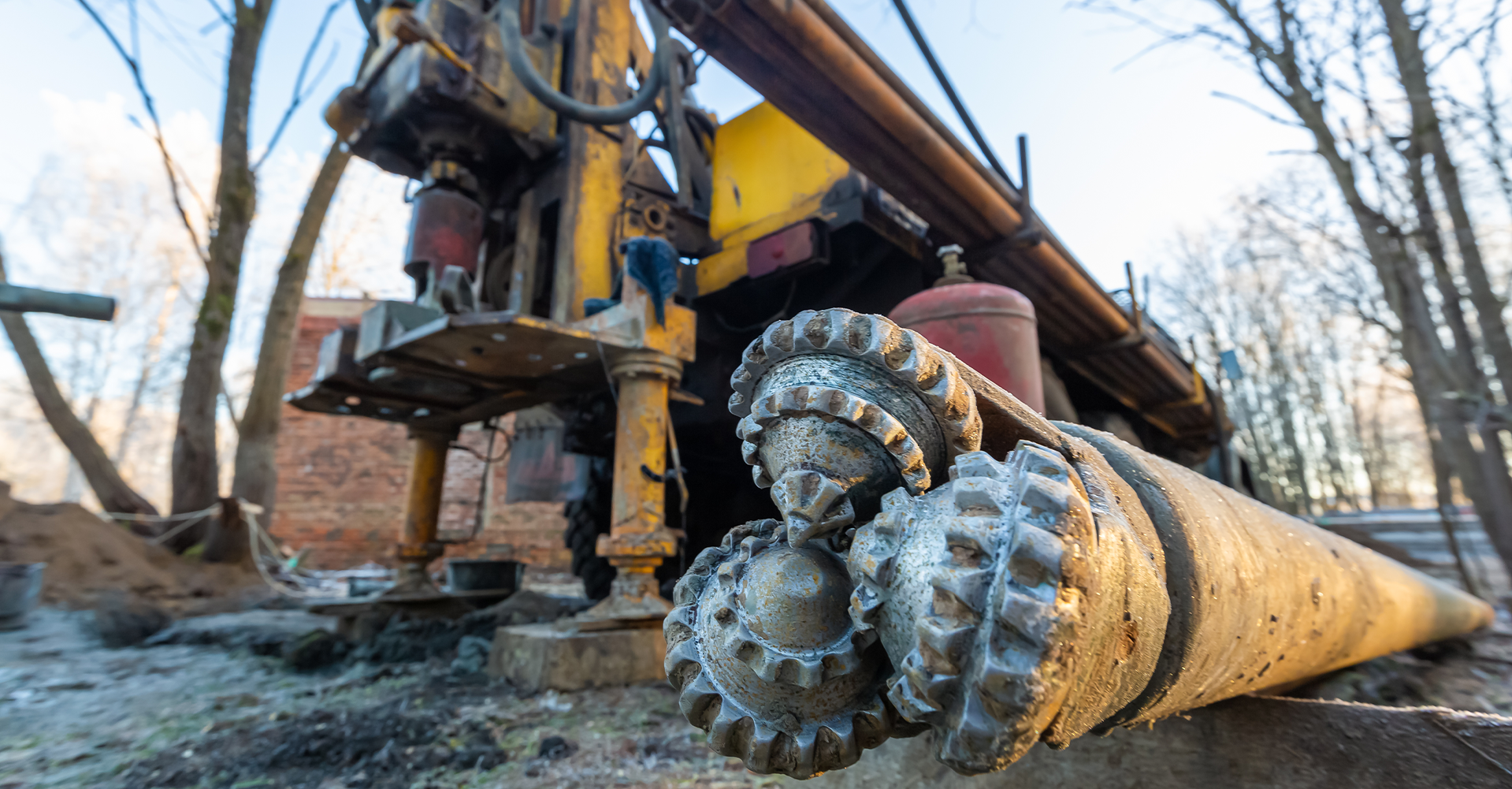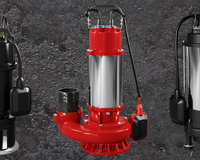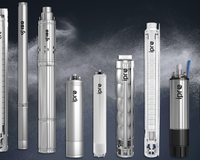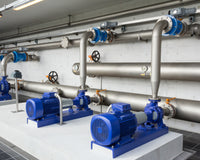The decision to choose between a deep and dug well depends on many factors that every specialist should take into account. Nowadays, when environmental protection and natural resources takes on importance, its own water intake is an increasingly popular solution, especially in places where access to the water supply network is limited or expensive. The installer, which undertakes to build such a shot, must accurately understand the differences between the two technologies to advise the best solution to the client.
Formalities and permits
One of the first aspects to pay attention to is the need to obtain appropriate permits to build a well. In the case of a deep well, if its depth exceeds 30 meters or the expected water intake is more than 5 m³ per day, a water permit is required. For a dug well, which usually reaches to the first aquifer and does not exceed a depth of 15 meters, just a notification to the commune, which simplifies administrative procedures.
Kopana well - simplicity and costs
Digged wells are popular due to their simple design and lower costs of performance compared to deep wells. They are an ideal solution in places where the water is close to the surface. The main advantage of a dug well is the fact that it is shallower and does not require advanced drilling equipment. The cost of making one meter of excavation is about PLN 1,000, which makes this solution less economical for investors with a limited budget.
Kopane wells use water from the first aquifer, which, however, may be associated with a greater risk of pollution. It is also water that can dry out during periods of drought. Therefore, despite the lower initial costs, the wells are dug with a less stable solution in the long run.
Deep well - stability and high quality of water
Deep wells are a more advanced solution that allows you to obtain water from deeper aquifers. Water from such wells goes through many natural filters, which makes it cleaner and less susceptible to pollution from the surface, such as chemicals used in agriculture. Therefore, a deep well is an investment in high quality water.
The cost of making a borehole for a deep well is from PLN 100 to 400 per meter, depending on the geological conditions. This is cheaper compared to excavations for dug wells, which in the long run can make an investment in a deep well be more profitable.
Searching for aquifer
When building a well, it is key to determining the position of the aquifer. Traditional methods such as wanders, although they are popular in some circles, do not have scientific confirmation. Professional installers use modern geophysical methods, such as electro -soup or electrical tomography. Both methods allow you to accurately determine the location of the aquifers, which minimizes the risk of investment failure. It is also worth reaching to the geological maps of Poland during investment planning. Data collected and developed by State Geological Institute, they are reliable and proven.
Application of reliable deep pumps
Regardless of whether we decide on a dug or deep well, it is crucial to choose the right pump. In the case of deep wells, where the water mirror is located below 8 meters, it is recommended to use deep pumps. These pumps are able to work in difficult conditions, providing constant access to clean water, even from a depth of several dozen meters.
Deep pumps differ in performance, which allows them to be adapted to the specific needs of a given farm. The most popular models provide a performance of 30 to 100 liters per minute, which is sufficient for both single -family houses and larger farms.







